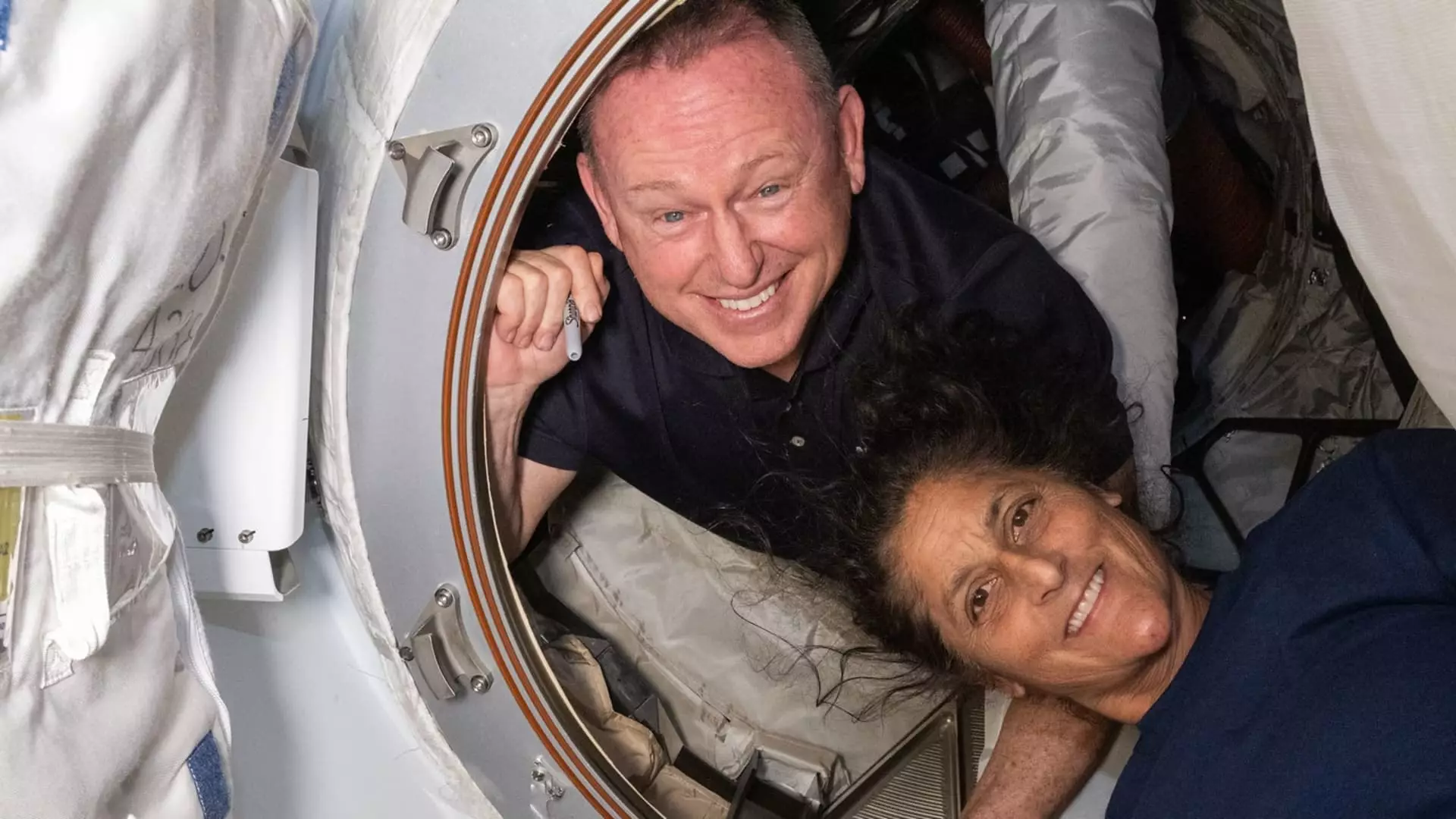Boeing faced a significant setback when NASA announced that the Starliner capsule would be returning from the International Space Station without the astronauts it delivered in early June. This decision marked a dramatic shift from their original plans, as the capsule was intended to be the primary choice for returning the crew. The test flight, which was supposed to last around nine days, encountered issues with its propulsion system, leading to its early return. This unexpected turn of events highlights the challenges and uncertainties that come with space exploration.
NASA Administrator Bill Nelson emphasized the importance of prioritizing safety in space missions. Despite the technical disagreements between NASA and Boeing regarding the risks associated with returning the crew in the Starliner capsule, both organizations were committed to ensuring the safety of the astronauts. The decision to bring the spacecraft back empty was a result of this commitment to safety and a thorough evaluation of the potential risks involved. It underscores the complex nature of space travel and the need for constant vigilance to mitigate risks effectively.
Throughout the challenges faced by the Starliner capsule, Boeing and NASA continued to collaborate and work together to address the issues. Despite setbacks and delays in the return of the crew, both organizations remained dedicated to understanding the root causes of the problems and implementing necessary design improvements. NASA’s decision to have astronauts return via SpaceX’s Dragon spacecraft demonstrates the spirit of cooperation and mutual support within the space exploration community. This collaborative approach is essential for overcoming obstacles and achieving success in future missions.
The setback experienced by Boeing with the Starliner capsule serves as a learning opportunity for both the company and NASA. By identifying the issues with the propulsion system and conducting a thorough analysis of the situation, valuable insights can be gained to prevent similar problems in future missions. The Flight Readiness Review initiated by NASA will help determine the appropriate course of action for bringing the Starliner back safely. This process of learning from mistakes and adapting to unforeseen circumstances is crucial for the advancement of space exploration technology.
Despite the challenges faced by Boeing’s Starliner capsule, the company remains determined to continue its involvement in NASA’s Commercial Crew program. Boeing’s commitment to safety and success in space missions is evident in their statement affirming their readiness to execute the mission as determined by NASA. The setback experienced with the Starliner capsule underscores the complexities and inherent risks of space travel, but it also highlights the resilience and determination of the teams involved in overcoming obstacles. The future prospects for Boeing and NASA in space exploration remain promising, with valuable lessons learned from the challenges encountered along the way.
The challenges faced by Boeing’s Starliner capsule serve as a reminder of the unpredictable nature of space exploration and the importance of prioritizing safety and collaboration in mission planning. Despite setbacks and technical issues, the commitment of both Boeing and NASA to address the problems and work towards solutions demonstrates their dedication to advancing space travel. The lessons learned from the Starliner’s test flight will inform future missions and contribute to the ongoing progress of space exploration technology.


Leave a Reply